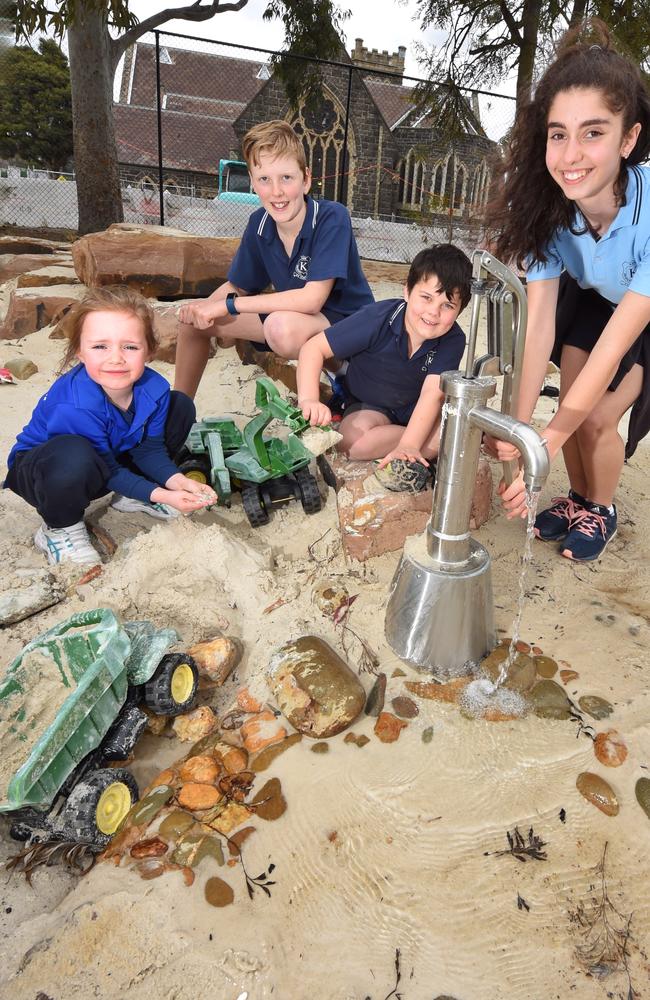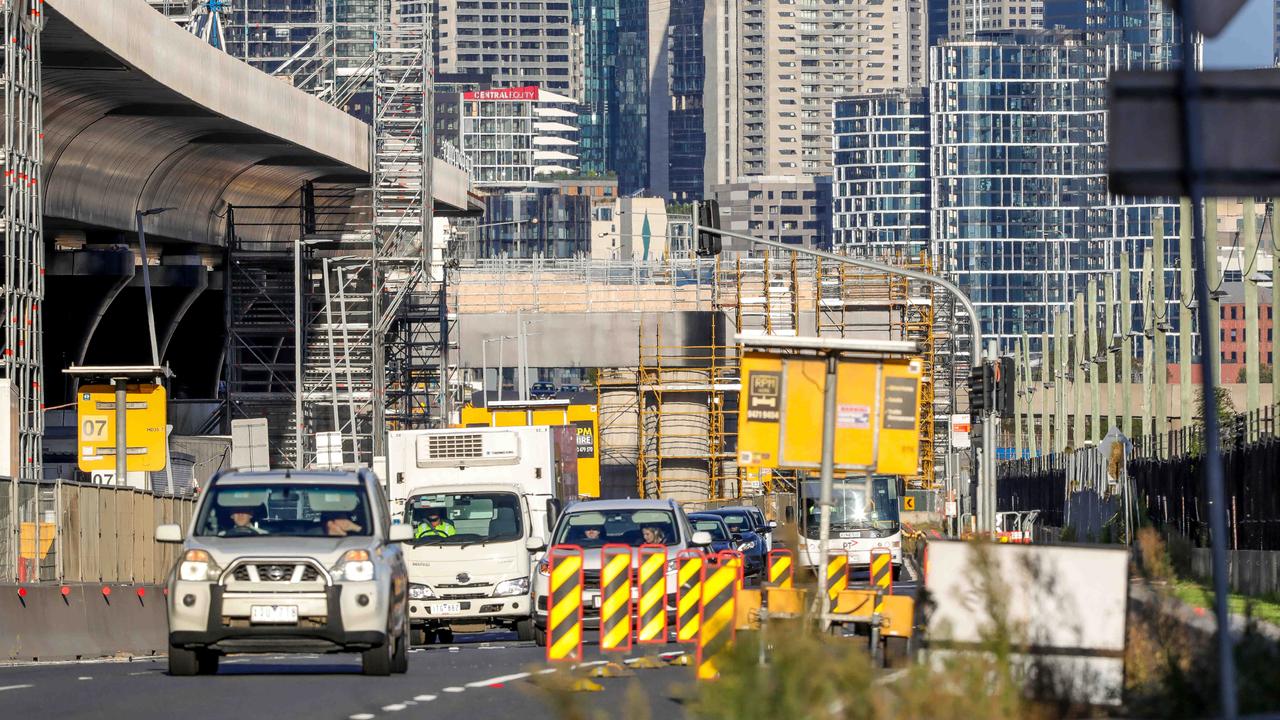Australian kids find outdated playgrounds boring
AUSSIE children are bored with school playgrounds, and it is having a detrimental effect on their health and wellbeing, new research suggests.
News
Don't miss out on the headlines from News . Followed categories will be added to My News.
CHILDREN are bored with school playgrounds, and it is having a detrimental effect on their health and wellbeing, new research suggests.
Southern Cross University physical education and health expert, Dr Brendon Hyndman, says children and teenagers are disinterested in using facilities that haven’t been upgraded in years and schools must invigorate playgrounds.
“Students engage in more than 4000 recess and lunch periods during their primary schooling, and students require a variety of engaging outdoor settings to reduce boredom,” Dr Hyndman said.
“The problem is that once students have tested and conquered certain facilities, and if they aren’t interested in competitive sport, it can be hard for them to know what to do.
“In my research, students have voiced that boredom can prompt them to misbehave, push boundaries and even become reckless to the point of injuring themselves or others.”
WE TRAVEL MELBOURNE TO FIND OUR TOP 25 PLAYGROUNDS
KID-FRIENDLY PUBS IN MELBOURNE: A GUIDE TO THE BEST PUB PLAYGROUNDS
MELBOURNE’S BEST PARKS TO VISIT
MELBOURNE PLAYGROUNDS GO BACK-TO-NATURE

In his new book, Contemporary School Playground Strategies For Healthy Students, to be released to coincide with National Health and Physical Education Day on Wednesday, Dr Hyndman suggests a number of strategies to help Australian schools combat the problem, but says it must begin with consulting with students.
“Students are the primary users of the equipment, so it’s really important to hear from them,” he said.
“And it’s not necessarily about replacing old facilities, but about reinvigorating existing facilities with more options such as rotating, mobile, activities like an obstacle course week or frisbee week, that complement existing playgrounds.
“Children also want a challenge and adventure such and supervised activities such as low ropes courses and rock climbing walls will also help children to be engaged and less bored.”
Dr Hyndman said girls in particular could feel existing play equipment did not cater to them.
“Girls enjoy creative, imaginative and social play opportunities that can’t be fulfilled in tired, old-fashioned facilities,” he said.
“Innovative suggestions such as dog walking or dance programs give them opportunities to exercise and socialise.”
Associate professor at Flinders University, Shane Pill, said “physical and sport literacy” was on a par with spelling and arithmetic as essential to long-term health and wellbeing.
“There is tremendous benefit in encouraging participation in school and community sport,” Dr Pill said.
“Involvement in sport at school develops a child’s capabilities in many of the basic functions such as running, throwing and catching that we perform throughout our lives — whether or not we ever play competitive sport — and their confidence in being able to perform those functions.”
Dr Pill said schools should work with community organisations to ensure students could access the equipment, spaces, coaching and mentoring necessary for them to flourish.
Robin Grace, assistant principal of Kew Primary School, which has upgraded its playground, said it was important to engage students in the process.
“The students were asked what they wanted in a new play space, then they raised some of the funds by holding a couple of lapathon events and were involved in planting out this new space during a working bee,” she said.

“As a school, this new area means we can cater for all our students’ play needs by providing such an innovative space where all students, no matter what age, play and co-operate with each other in creative and imaginative ways.”
WE TRAVEL MELBOURNE TO FIND OUR TOP 25 PLAYGROUNDS
KID-FRIENDLY PUBS IN MELBOURNE: A GUIDE TO THE BEST PUB PLAYGROUNDS


